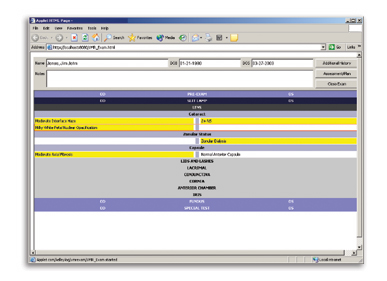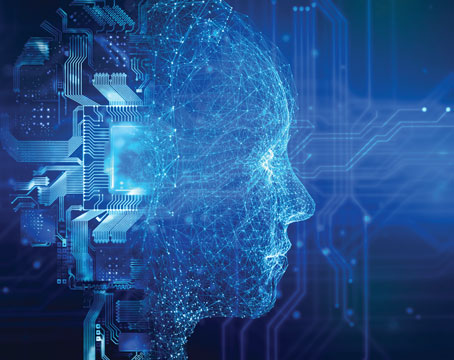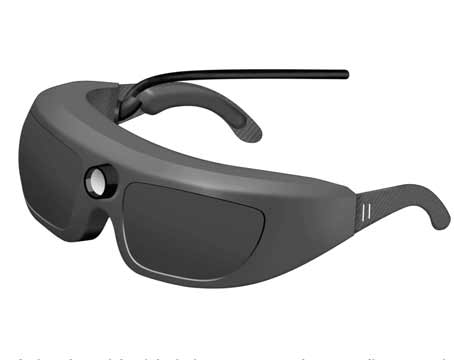"Nice eyes," said Medina, Ohio, oph-thalmologist Joe Noreika, using his voice recognition program to record his exam of a postop cataract surgery patient. "Nice thighs," the program scribed. The year was 1998, and the program he had developed himself, EYEScribe, still needed work. Now, Dr. Noreika says the program is ready for his fellow ophthalmologists' offices. Here's a look at two new electronic medical records programs.
ChartLogic
Once just a side project, Dr. Noreika's program, based on Dragon software's Naturally Speaking, was recently purchased by the ChartLogic company of Salt Lake City.
The software understands about 1,700 ocular terms. After training the system for 2.5 hours, a physician can use it for exams with an accuracy of around 96 percent, says Dr. Noreika.
The use of macros, or shortcuts, allows blocks of text to be dropped in with just a few words. Say, "Macro comp," for example, and ChartLogic puts in the fields used in a comprehensive exam. The physician then states his findings in the appropriate sections, such as "rubeosis was evident." At the end of the exam, the system records the spoken diagnoses, along with their numerical billing codes, which is routed to a superbill.
 |
| The VMR program from Voice-Control captures exam findings in a digital report as users speak them into a headset. |
Though reviewing a chart after it's "spoken" to ensure accuracy takes a little extra time, Dr. Noreika would argue it avoids the $70,000 per year he was paying two scribes.
Dr. Noreika says one of the final hurdles will be to get physicians who see a lot of abnormal patients to make the commitment to it. He uses the example of a physician who has two scribes, a tech and an optometrist working for him. "That physician's got it pretty good," he says, adding that it would take some convincing to get him to use voice recognition.
ChartLogic is sold on a per-user license basis, with a license for one user costing $20,000. It costs more if an office needs new computers too. For information, call 1-888-337-4441.
Voice-Control's VMR
VMR won't be available for sale until August, so it's in an earlier stage than ChartLogic.
Though VMR uses vocal notes, Phil Parks, Voice-Control's president, says they are more abbreviated than those in ChartLogic. "If a physician examines a lens and says, '2+ N.S.' for example," he says, "That's what the computer records." As a user speaks, VMR makes the note, then sends a tone into the user's headset to let him know he can speak again. By using short, fixed responses that are common across exams, rather than full sentences as ChartLogic does, the system's accuracy may be between 99 and 100 percent, Mr. Parks says.
VMR, however, currently doesn't allow users to add words to the system on the fly as ChartLogic does. Instead, users must notify the company, usually by e-mail, of the new word and Voice-Control will add it by the next day.
When it's available, VMR is projected to cost around $20,000 for the program, and $7,500 for each user. For more information, call (937) 281-6387 or send an e-mail to the company at dlatimer@voice-control.com.





